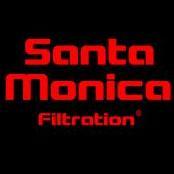-
Topics
-
Latest Update
-
0
WTS dosing holder - 6 tubes
Support up to 6 dosing tubes, $10. Location at Lakeside or Bugis area. Sent from my SM-A546E using Tapatalk -
-
20
-
1
WTS
Hi.. still.avail? Tele me @MiminJebon Sent from my SM-N980F using Tapatalk -
1
Maxspect RXS 150 Marine Lighting
Bump up… Check out 'Maxspect RXS 150 Marine Lighting', available at S$200 on #Carousell https://carousell.app.link/cD1jBHAhQPb Sent from my iPhone using Tapatalk
-







Recommended Posts
Join the conversation
You can post now and register later. If you have an account, sign in now to post with your account.